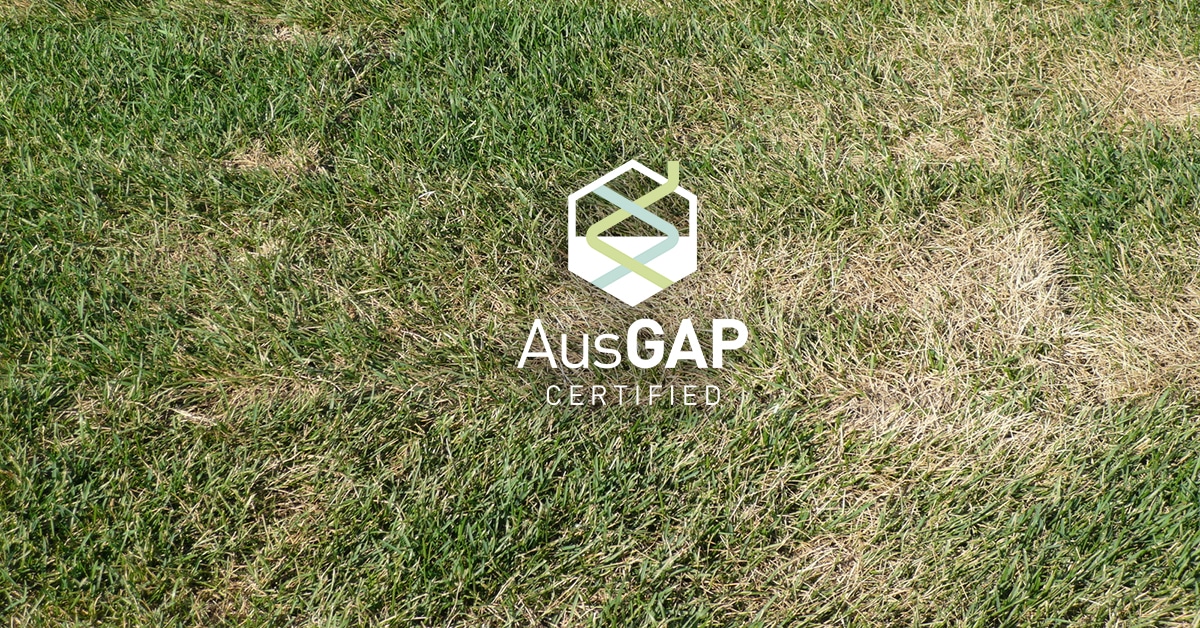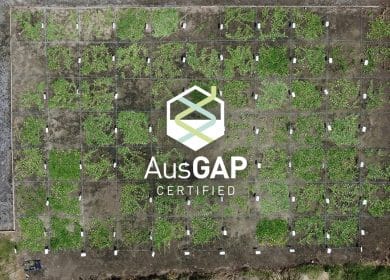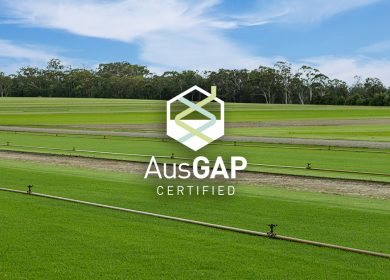Bermudagrass Stress Responses

Bermudagrass is used on sports fields, golf courses, parks, and the home lawn, and have long lasting impacts ecologically, environmentally, and economically. Turfgrass on these areas is usually subjected to various abiotic stresses, which affect aesthetic quality and functionality through physical negative impacts. Among physical stresses, drought tolerance, traffic and wear stress and shade tolerance are the most common factors affecting turfgrass development. Understanding the mechanisms of turfgrass stress responses is integral to the development and breeding of superior abiotic stress tolerant turfgrass varieties.
Turfgrasses have evolved various adaptive strategies to survive their environment and its stressors. This can be seen through some turfgrasses ability to expel harmful toxins to increase the activity of stress response related enzymes. Studies show that progress has been made in turfgrass stress tolerance with the discovery of several compounds found in bermudagrass and their involvement in stress resistance improvement. Furthermore, it is known from research and development that cellular membrane stability is always disrupted by stress conditions (Fan et al., 2020).
What are the stress responses found in turf from drought stress?
Growth and developmental processes are inhibited when turfgrass is exposed to drought stress. A recent study on bermudagrasses found a total of 39 proteins related to pathways that relate to drought tolerance regulation such as photosynthesis, glycolysis, and N-metabolism (Fan et al., 2020). Studies have also found the correlation between increased drought tolerance and plant growth regulator (PGR) application. The PGR alleviated damages induced by drought stress and increased antioxidant enzyme activity (Hejl et al., 2015).
Drought stress is a major environmental stress for bermudagrass. However, the mechanisms of drought stress response at molecular level are not very clear, although there are some drought related genes that have been identified but need to be studied further.
What are the stress responses found in turf from traffic and wear stress?
Traffic or wear stress is one of the most important factors in turf management and can be one of the most damaging abiotic stresses especially for sports fields, gold courses, lawns, and parks. Wear stress can directly damage plant tissue through pressure and tearing. Physiological changes such as a decrease in shoot density, root length, leaf chlorophyl concentration, and carbohydrate content are all detected under traffic stress. It was reported that the appropriate sand topdressing rate could improve the strength and density of bermudagrass on athletic fields, and that turf species showed higher traffic tolerance when established on relatively high sand mixtures (Kowalewski et al., 2010).
What are the stress responses found in turf from shade stress?
Light is essential to plant growth and affects the growth and development of turfgrass. Growth is usually limited by the shade provided by buildings, trees, and shrubs and is one of the most common causes of turf deterioration. Despite progress in the study of shade stress responses in bermudagrass the mechanisms are still largely unknown and the shade stress related genes including their functions and pathways should be studied further in the future. What studies have been able to observe in low light stress is a decline in root numbers, shorter rhizome, higher and thinner stem, longer internode lengths, lighters and thinner leaf and slower growth (Fan et al., 2020).
In order the provide and maintain the highest quality of turf like AusGAP certified varieties, it is integral that the mechanisms of turf varieties like bermudagrass when placed under stress are studied. Discovering and understanding turfgrass stress responses has and will lead to further development of superior stress tolerant turfgrass varieties.
References:
Fan, J.; Zhang, W.; Amombo, E.; Hu, L.; Kjorven, J.O.; Chen, L. Mechanisms of Environmental Stress Tolerance in Turfgrass. Agronomy 2020, 10, 522. https://doi.org/10.3390/agronomy10040522
Kowalewski, A.R.; Rogers, J.N.; Crum, J.R.; Dunne, J.C. Sand topdressing applications improve shear strength and turfgrass density on trafficked athletic fields. Horttechnology 2010, 20, 867–872.
Hejl, R.W.; Wherley, B.G.; Thomas, J.C.; White, R.H. Irrigation water quality and trinexapac-ethyl effects on bermudagrass response to deficit irrigation. HortScience 2015, 50, 1081–1087.
Bingru Huang, Michelle DaCosta & Yiwei Jiang (2014) Research Advances in Mechanisms of Turfgrass Tolerance to Abiotic Stresses: From Physiology to Molecular Biology, Critical Reviews in Plant Sciences, 33:2-3, 141-189, DOI: 10.1080/07352689.2014.870411


